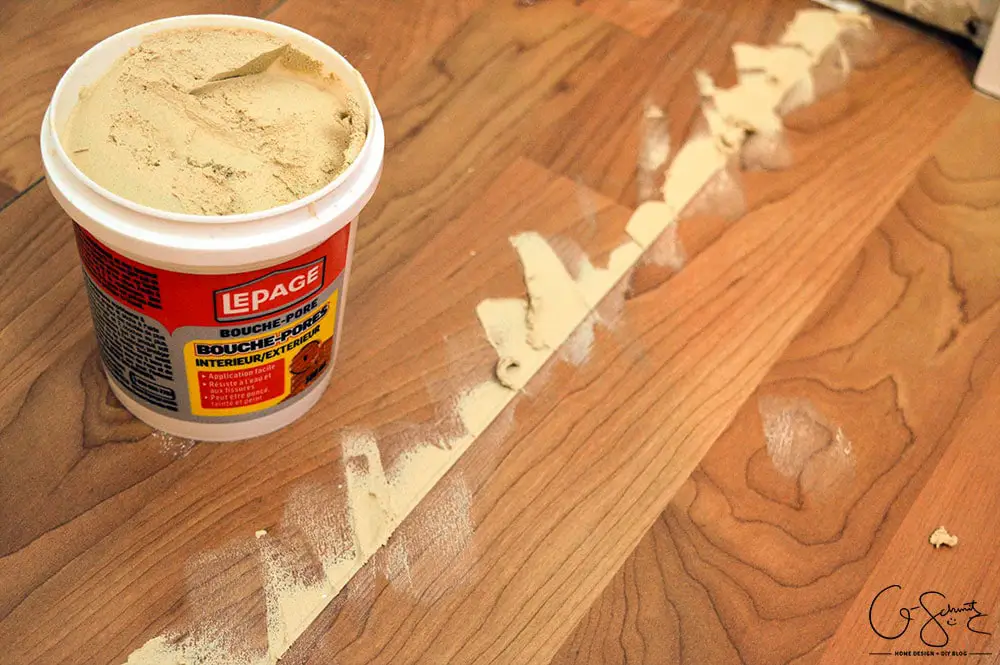Imagine this: you’re cleaning your living room, and your eyes land upon a stubborn stain on your laminate flooring. You grab the bleach, your trusty cleaning weapon, but then a wave of doubt washes over you. Can you really use bleach on your laminate floors? The answer, like many things in life, is a bit more complex than a simple yes or no.

Image: flooringstype.com
Laminate floors are a popular choice for homeowners due to their durability, affordability, and stylish appearance. However, their cleaning requirements are a bit different from natural wood floors. Bleach, while a powerful disinfectant, can have unintended consequences on laminate surfaces. This article will explore the pros, cons, and alternatives to using bleach on your laminate floors, empowering you to make the best cleaning decisions for your home.
Understanding Laminate Flooring
Before diving into the bleach debate, let’s first understand what laminate flooring actually is. Laminate flooring is an engineered product that mimics the appearance of real wood. It’s constructed from multiple layers, including a core layer of high-density fiberboard (HDF) covered with a decorative layer printed with a woodgrain pattern. This decorative layer is then coated with a protective melamine resin, providing durability and moisture resistance.
Why Bleach Might Be a Bad Idea
While bleach can kill bacteria and remove stains, it’s not the ideal cleaning solution for laminate floors. Here’s why:
- Damage to the Melamine Finish: Bleach can weaken and dull the melamine coating over time, making your floors look cloudy and less vibrant. This can also make your floors more susceptible to scratches and wear.
- Color Fading: Bleach can cause the decorative layer of your laminate floors to fade or become discolored, especially if your floors are lighter shades or have a textured woodgrain pattern.
- Warranty Issues: Many laminate floor manufacturers void their warranties if you use bleach or harsh chemicals, so it’s best to err on the side of caution.
When You Can (Maybe) Use Bleach
While it’s not recommended for regular cleaning, there are a few situations where using bleach on laminate floors might be acceptable.
- Extreme Stain Removal: In the case of severe stains, such as spilled blood or ink, you might be able to use a diluted bleach solution as a last resort. However, always test the solution on a hidden area first to check for any discoloration or damage. Then, apply the bleach solution sparingly and rinse thoroughly with clean water.
- Mildew or Mold: If you suspect mildew or mold growth on your laminate floors, a bleach solution can be used to disinfect the area. Again, dilute the bleach significantly and apply it with caution, ensuring good ventilation while you work.

Image: dragon-upd.com
Safe and Effective Alternatives to Bleach
The good news is that there are plenty of safe and effective ways to clean your laminate floors without resorting to bleach. Here’s a guide to safe cleaning solutions:
- Warm Soapy Water: This is the simplest and safest solution for regular cleaning. Mix a few drops of dish soap with warm water in a bucket. Mop your floors thoroughly with the solution, then rinse with clean water and allow them to dry completely.
- Vinegar: White vinegar is a natural cleaner and disinfectant that’s effective against bacteria and grime. Mix a cup of vinegar with a gallon of warm water and mop your floors. Vinegar is also a great deodorizer and can help eliminate pet smells.
- Specialized Laminate Floor Cleaners: Many commercial cleaners are specifically formulated for laminate floors. Look for cleaners labeled as “floor cleaner” or “laminate cleaner.” These cleaners are designed to remove dirt and grime effectively without damaging the finish.
Tips for Cleaning Your Laminate Floors
Here are some general tips for keeping your laminate floors clean and looking their best:
- Clean Regularly: Sweep or vacuum your laminate floors at least once a week to remove dust, dirt, and debris. This will help prevent buildup and scratches.
- Use a Soft Mop: Avoid using abrasive materials or scouring pads on your laminate floors as they can scratch the surface. Instead, opt for microfiber mops or soft-bristled brooms.
- Dry Immediately: Even though laminate flooring is moisture-resistant, standing water can damage the seams and cause swelling. Always dry your floors thoroughly after cleaning.
- Protect Your Floors: Use furniture pads or felt protectors to prevent scratches and dents from furniture legs.
Can I Clean My Laminate Floors With Bleach
Conclusion
Bleach can be a tempting choice for cleaning, but its use on laminate floors should be avoided unless absolutely necessary for extreme cleaning scenarios. The protective melamine finish on laminate flooring is vulnerable to the harshness of bleach, potentially damaging your floors and voiding warranties. Instead, embrace safer alternatives like warm soapy water, vinegar, or specialized laminate floor cleaners to maintain the beauty and longevity of your cherished laminate floors. Remember, regular cleaning with the right products will keep your floors sparkling clean and looking their best for years to come. So, ditch the bleach and give your laminate floors the TLC they deserve!





